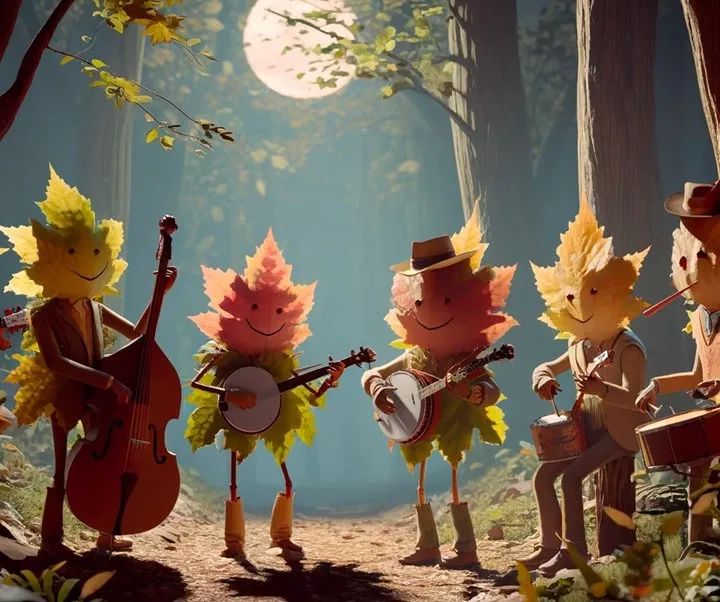OpenAI has officially launched DALL-E 3, an advanced text-to-image AI tool, with plans for its integration into ChatGPT. This latest version represents a significant upgrade over its predecessors.
In this third edition of the generative AI visual art platform, DALL-E, the functionality extends beyond mere prompt generation.
Users can now incorporate it directly within ChatGPT, enjoying enhanced security features alongside. Visually, DALL-E 3 offers a level of sophistication that surpasses its predecessor, marking a notable advancement in the technology’s development.
DALL-E 3 is out

Today’s cutting-edge AI rendering tools are capable of transforming descriptive prompts into visuals spanning a wide array of artistic styles, from photorealism to the surreal. However, crafting the ideal prompt can pose a challenge, leading to the emergence of the specialized field of “prompt engineering.”
DALL-E, an AI system developed to turn text prompts into visual creations, operates alongside similar tools such as Stable Diffusion and Midjourney. While DALL-E 2 introduced innovative features, it sometimes misinterpreted prompts and fell short in quality compared to its rivals. Nonetheless, OpenAI’s researchers indicate that DALL-E 3 has significantly improved in contextual understanding.
A notable enhancement in DALL-E 3 is its integration with ChatGPT, allowing users to directly generate visuals through ChatGPT interactions. In a demonstration, Aditya Ramesh, the head of the DALL-E team, utilized ChatGPT to devise a logo for a mountain-themed ramen restaurant. ChatGPT crafted a detailed prompt, to which DALL-E 3 responded with four logo options.
With the help of ChatGPT, users no longer need to meticulously craft their requests. They simply describe the visual they envision, and ChatGPT translates this into a prompt DALL-E can understand. This integration is just one of the advancements in DALL-E 3. OpenAI emphasizes that the latest version not only produces higher fidelity images that more accurately reflect the given prompts, especially for extensive descriptions, but it also excels in depicting complex details such as human hands, faces, and text.
DALL-E 3 release date
The latest iteration of DALL-E will first be accessible to ChatGPT Plus and ChatGPT Enterprise users in October. It will subsequently be available to research labs and through the API service come autumn. OpenAI intends to roll out DALL-E 3 in phases, but the timeline for its free public release remains uncertain.
OpenAI emphasizes its commitment to ensuring robust security with DALL-E 3, aiming to prevent the generation of inappropriate or potentially offensive images. Notably, DALL-E 3 won’t produce images of public figures if their names are explicitly mentioned in the prompt. Furthermore, while DALL-E 3 is designed to decline requests to emulate the style of living artists, it can, unlike DALL-E 2, mimic the artistic style of certain historical artists upon request.
Presently, rival tools like Midjourney and Stable Diffusion have an edge over DALL-E 2. Both are capable of crafting photorealistic visuals and can generate not just individual scenes but expanded or sequenced versions of them. Thus, DALL-E 3 has its work cut out in proving its worth.
You may also like this content
- What Can Be Done with Artificial Intelligence?
- ChatGPT: A Comprehensive Guide from A to Z
- How Advanced Is Your AI Expertise?

